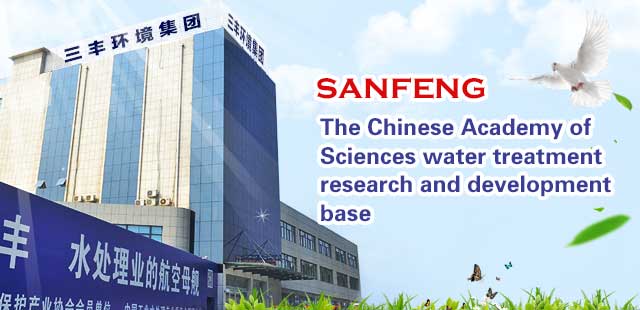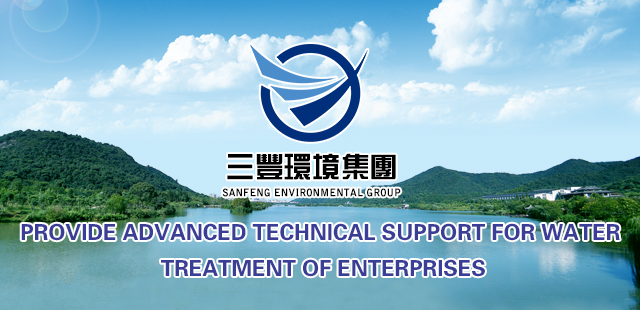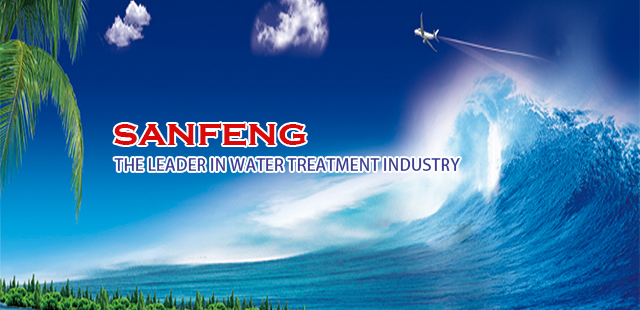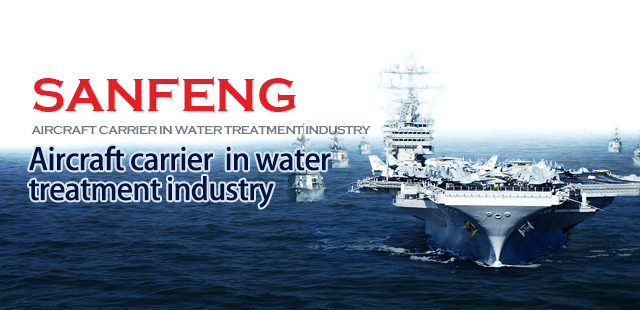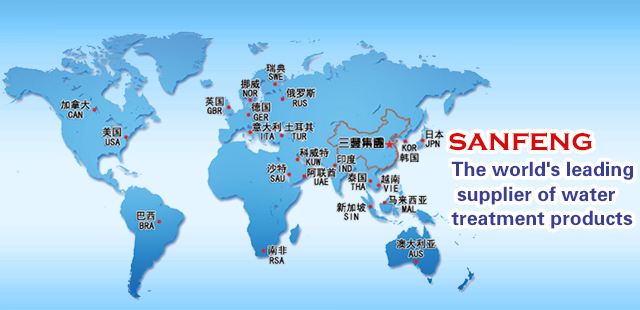Stabilization pond is mainly algal-bacterial joint action to remove the pollutants in the wastewater, with construction less investment, low operation cost, simple maintenance, can effectively remove the organic matter and pathogens in the water, and don't need to sludge treatment etc. Germany and France have different kinds of stabilization pond, 3000 and 3000, respectively, while the United States has all kinds of stabilization pond of thousands. On the basis of stabilization pond, of the university of California, Berkeley, Oswald was the first to put forward and developed the efficient algae pond, it make the best use of algae produce oxygen, make the level of degradation kinetics constant value inside the pond greatly increased. Efficient algae pond of COD, BOD5, ammonia nitrogen, total phosphorus, and pathogen removal rate was high, at the same time is a good harvest of macrophytes fertilizer. Efficient algae pond has the advantage of less construction quantities, less investment and operating cost, convenient for management and maintenance; Its defect is vulnerable to the effects of environmental factors such as light and temperature. The efficient algae pond in Israel, Morocco, France, the United States, South Africa, Brazil, Belgium, Germany, New Zealand and other countries have research applications.
Biological membrane is decentralized sewage treatment an artificial processing technology application is very wide, including two kinds of anaerobic anaerobic-aerobic biological membrane. Anaerobic and aerobic microbial adhesion on the carrier surface, forming biofilm to adsorption and degradation of pollutants in wastewater, purpose of purification. The method is simple in equipment, low running cost, high processing efficiency. Reactor by filler commonly (carrier), cloth, water and drainage system of three parts, the packing have inorganic class (ceramsite, slag, activated carbon, etc.) and organic (PVC, PP, plastic, fiber, etc.). At present, the new type of biological membrane reactor and immobilized microorganism technology has also been widely studied.
Japan association of rural sewage treatment research a lot of suitable for rural domestic sewage treatment facilities, the design pattern of JARUS 15 different types of sewage treatment plant, the treatment process is mainly of biological membrane method and plankton method, has the very good sewage treatment effect, and small volume, low cost, simple operation.
Artificial wetland treatment system
The system by artificial commonly matrix (mostly gravel) and the growth in its helophyte (reed and cattail, rushes and marijuana, etc.), is a unique "soil, plant, and microbial ecological system, use a variety of plants, animals, microorganisms and soil work together, step by step to filter and absorb the pollutants in wastewater, achieve the goal of sewage treatment. The technology in Europe, North America, Australia and New Zealand and other countries has been widely applied, its disadvantage is need a lot of land, and to solve the problem of soil and water of adequate oxygen and suffer indignities moderate the impact of plant growth season.
South Korea rural residents living scattered, the sewage is not suitable for centralized processing. Wetland sewage treatment system due to the low consumption, low operation cost, low maintenance cost advantages, in South Korea has the extensive research, the decontamination mechanism based on "land - plant system" ecological effect. South Korea using wetland treated sewage to irrigate rice, can obtain ideal cleaning effect. Common wetland plants such as reed and cattail, rushes, decontamination capability is strong, the pathogen removal effect is good. Wetlands have also started to have application in our country, but wetland to tackle the problem of water reuse in China need according to the specific circumstances, not blindly reference for watering.


